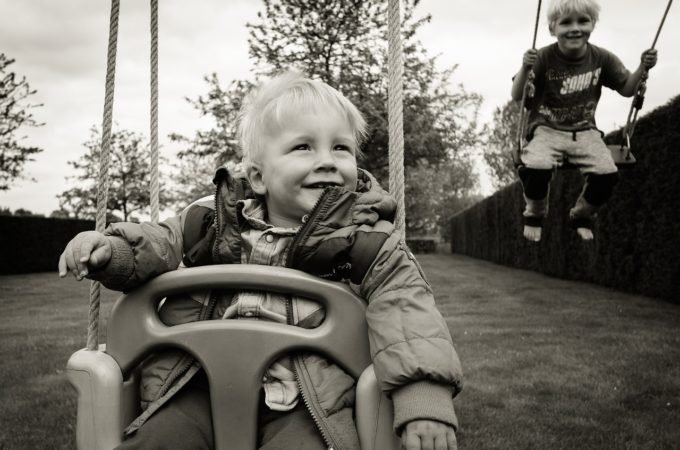In Canada, we are fortunate that most parents are able to take a full year of parental leave and children don’t have to start daycare until they are a year old but for some families (and in many countries), children start much earlier. As someone who has worked and supported families in both preschools and schools, I’ve been asked many times, “How do I find the right daycare for my child?” or “What makes for a good daycare?”
Here are some thoughts…
Choosing the right daycare for your child can be a challenge. It is widely accepted and understood that the early years in a child’s life are critical for development and learning, so it becomes even more important for parents to find the “perfect” learning environment. But what is perfect for one child might not be for another. I think it’s about parents finding the perfect learning environment for their child.
Why is this important? Why should parents be thinking about the “goodness of fit” between a potential daycare and their child? Because based on a daycare’s approach and philosophy, there are children who fit better and others who may struggle. Children flourish in environments where their temperament, preferences, and strengths are supported and fostered. Parents are the best people to help figure this out given their expertise and familiarity about their child.
With daycare environments, there are the obvious logistical issues. Location, cost, availability, and other practical issues come into consideration for families. But, assuming that parents have narrowed down their choices based on these issues and are left with a short list of daycares. How do they choose? What do they ask?
- Arrange for a visit to the daycare when there will be children present. It is important that you are able to see how children interact, use the environment, and their relationships with other children and daycare providers. Parents should try to envision your own child there and consider how they might fit in. Some parents may have concerns about the privacy and confidentiality of the other children, but if these visits are organized and timed out thoughtfully, it can be minimally interrupting for children and extremely helpful for would-be parents.
- Find out about the background and experience of the director and teachers. Ask about how long they’ve worked with young children and been at this particular daycare, and what training or certification they may have. All licensed daycares have regulations that specify degrees/licenses/safety requirements including home-based daycares. Don’t forget to consider both professional and life experience as well. The provider may have an unrelated background but have raised three of their own children, this would certainly speak to their experience with childcare.
- Notice the different spaces available in the daycare for the children to use and play in. Are there a variety of spaces that allow for both free play and structured play in the classroom and on the playground? You would ideally want to see books and toys placed in an accessible place so that children could reach for and help themselves to. This is important because when toys are not available for children to independently access and there is the extra step of having to ask for items, it makes it harder to nurture curiosity and foster independence.
- Is there space for children to be creative and expressive? This could be a dress-up corner, art table, or a puppet theatre. I would also suggest that parents look for places where children can play in large groups and some quieter spaces as well. I think every child has times of the day when they crave being with others, and other times where they may want some down-time. It is important that even for young children, they begin to seek out and spend time in these different spaces to experience for themselves how a change in environment supports or challenges them.
- The thing that I am most eager to see in a daycare setting is how the daycare providers interact with and play with the children. Does the daycare provider look as though they are enjoying themselves? Working all day with young children is exhausting and tiring, but that being said, it is important that the providers (with support from their administrators) are available to children as potential play partners (and not just referees).
- And most important of all, is the daycare classroom well-used? This might be a bit controversial, but I like seeing children encouraged to and engaged in play throughout the day. So when I step into a daycare classroom, I don’t mind seeing scraps of paper on the floor or a juice box on the table. I would much rather the providers be focused on interacting with the children than keeping the classroom immaculate. The priority in the classroom should be the get-on-the-floor-and-roll-up-your-sleeves play time. Seeing daycare providers pretending to be one of the billy goats in “Three Billy Goats Gruff” is much more powerful than watching them cut out turkey printouts for children to decorate. I don’t need to see 15 perfect snowmen on the bulletin board — (I actuallywouldn’t want to see artwork that looks exactly the same, but we’ll get to that in another blog post). It’s not about the time and care providers dedicate to prepping worksheets or artwork, but the genuine care and effort they put into fostering playfulness and the relationship with the child that matters most.
So what do you think? What has your experience with finding a daycare been like? We would love to hear from you…



